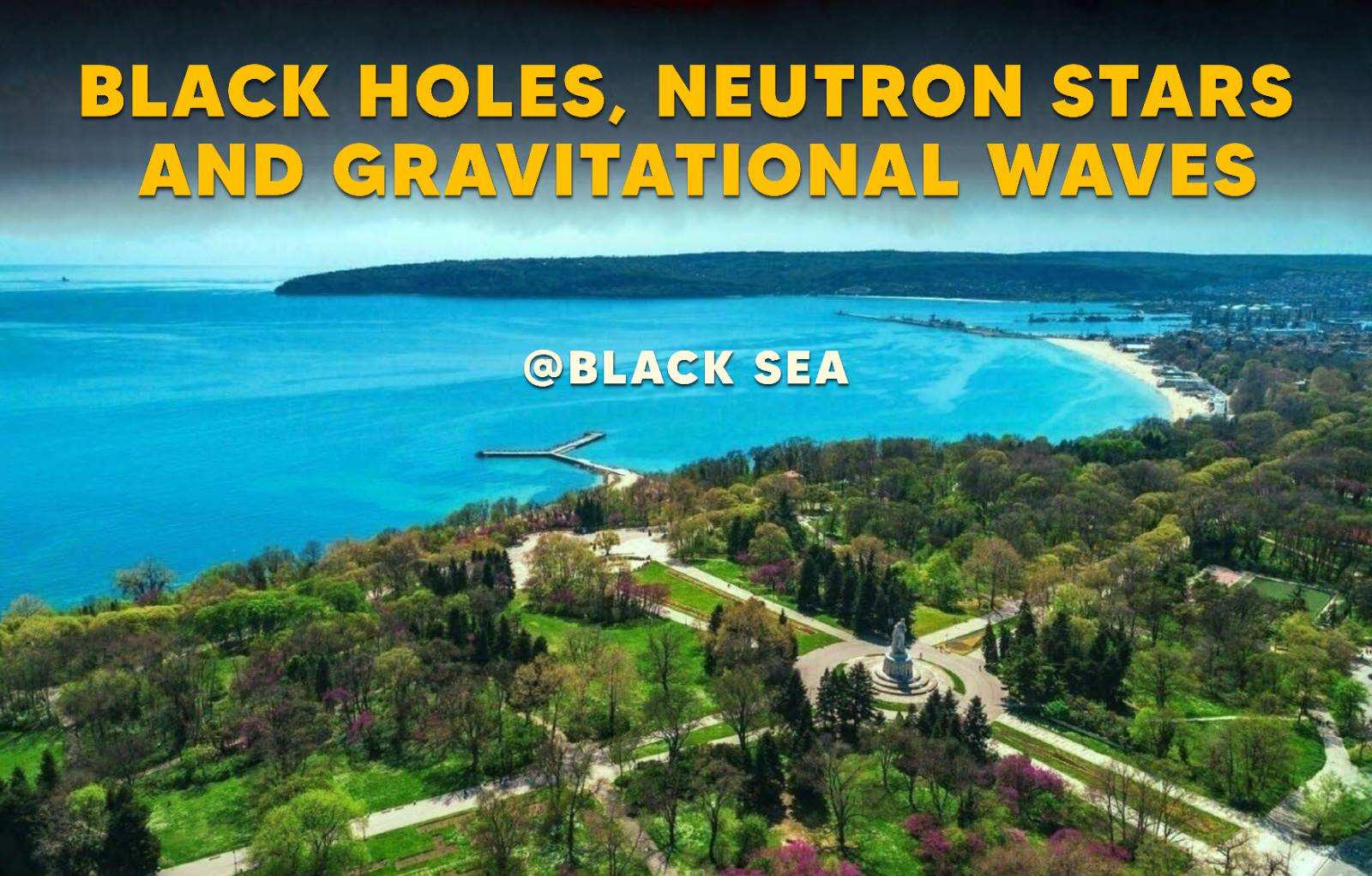Speaker
Description
Tidal interactions play a fundamental role in shaping binary systems and affect their gravitational wave (GW) signals, which is crucial for future detectors such as LISA and ET. While tidal effects on binaries are often studied in a weak-field approximation, their role in the strong-gravity regime remains largely uncharted.
We present two frameworks to analyze strong-gravity tidal effects from a supermassive black hole on an inspiraling binary within a hierarchical triple system. Using the small-tide approximation, we introduce relativistic corrections at the quadrupolar level that are captured by electric and magnetic tidal moments.
First, we examine the recently discovered precession resonances between the inner binary’s periastron precession and its orbital motion around a supermassive black hole. By modeling the latter as a Schwarzschild metric, we discover a significantly richer resonance spectrum than predicted by Newtonian mechanics, with distinct implications for orbital evolution.
Second, we derive the first explicit metric expression for a tidally perturbed Kerr black hole by using reconstruction techniques based on the Teukolsky Master Equation. This solution, valid for general quadrupolar tidal deformations, captures spin-tidal couplings and enables us to compute shifts in the trajectories of a particle in the spacetime of the perturbed black hole.
These findings open new observational pathways for detecting strong-gravity effects in hierarchical triple systems. Specifically, these effects can produce distinctive GW waveform modulations and phase shifts that could serve as smoking-gun signatures of strong-field tidal effects.

